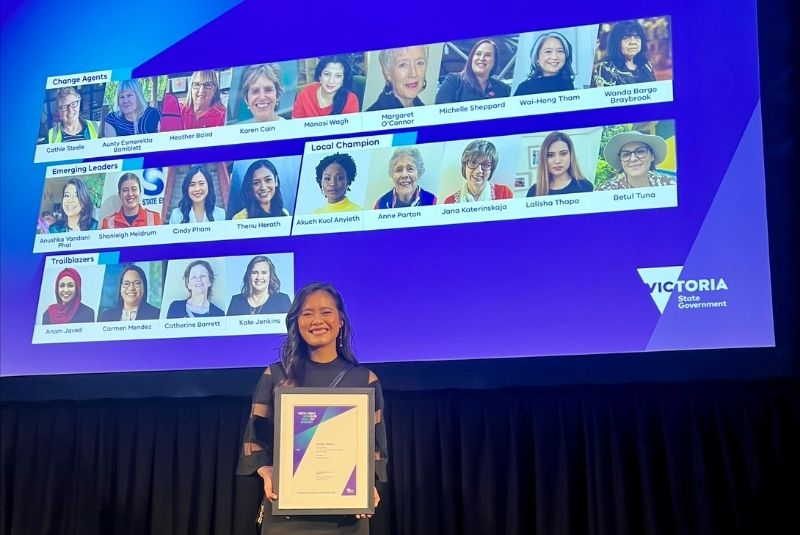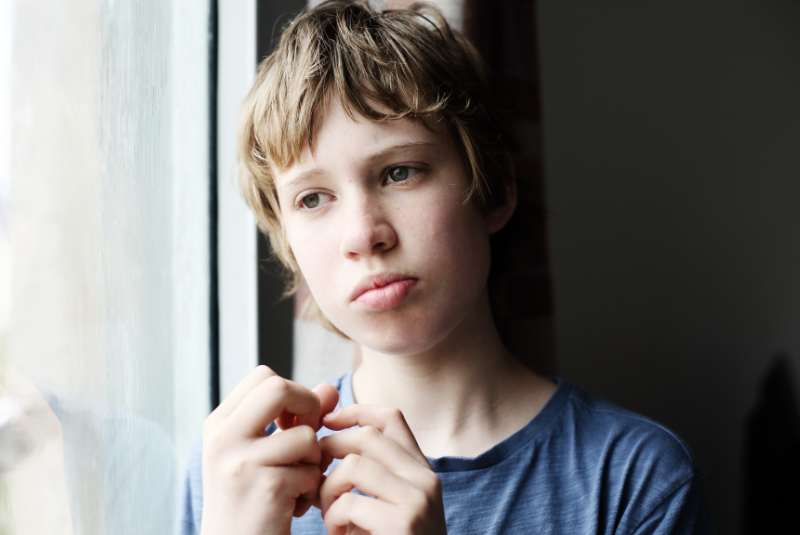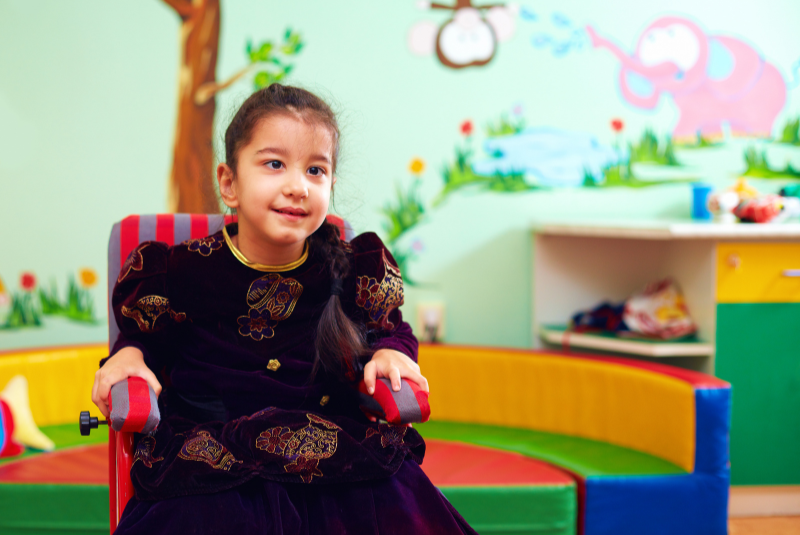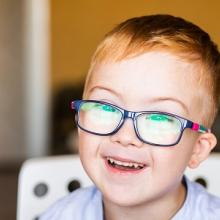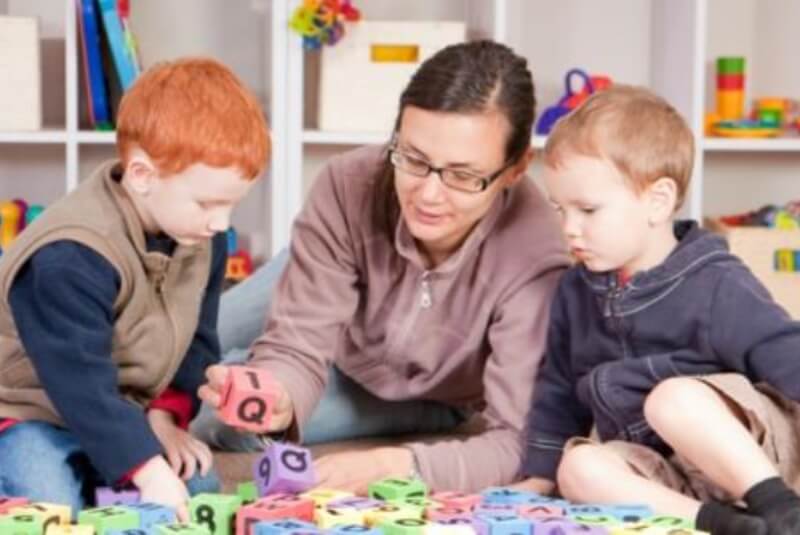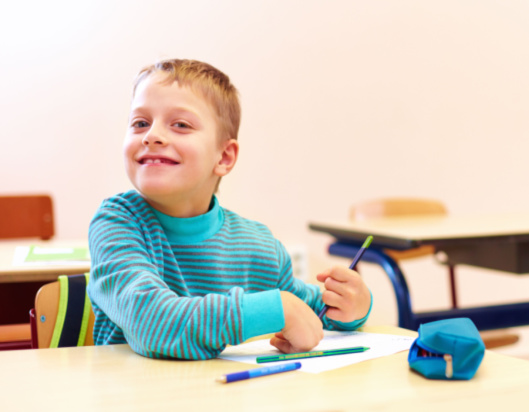
Autism spectrum disorder (ASD) is a lifelong neurodevelopmental condition that is present from birth and caused by disruption to early brain development.
Autism comes under the term ‘neurodiversity’ meaning the brain handles information differently. Autism affects how a person thinks, feels, interacts with and experiences their environment.
The disorder is associated with behavioural, social and academic challenges. Autistic people have difficulties with social interaction and communication, including trouble understanding body language and social cues. They may have restricted interests and repetitive behaviours and can be under-sensitive or over-sensitive to taste, touch, sight and sound.
ASD reflects the range of challenges that people on the spectrum experience and the extent to which they may be affected. Nearly three-quarters of people with autism spectrum disorder also have other conditions, commonly anxiety, depression or attention deficit hyperactivity disorder (ADHD).
Autism can be hard to diagnose, and while current treatments are limited, early diagnosis and intervention are important. There is a limited understanding of ASD, including the causes of autism and how it develops. The aim is that research on autism could enable more effective treatments going forward.

Who does it affect?
Who does it affect?
- Autism spectrum disorder affects about one in 70 people
- More than 353,000 Australians have autism and rates appear to be rising due to more children being diagnosed
- Early signs of childhood autism usually appear before children are two years old
- Autism is four times more common in boys than girls
- Girls with autism spectrum disorder are more likely to present later
- Autism often runs in families, with family members frequently sharing similar traits or receiving ASD diagnoses. Many autism studies show a strong genetic basis for ASD; however, the cause remains unknown in about two-thirds of cases.
Our autism spectrum disorder research
Our autism spectrum disorder research
Our world-class researchers and facilities aim to advance the understanding of autism and improve care, services and support. We’re working on interventions to enhance lives and provide evidence to drive policy change, improve diagnosis and personalise autism treatment.
We’re studying families to identify new genes that cause ASD and processes that underpin the disorder.
Treatments could also target nerve cells in the brain to help them function and talk to each other. We’re taking stem cells (‘seed cells’) from patients and turning them into brain cells and networks in the lab. This will help us understand why brain cells don’t work properly in autism, which could lead to treatments to reduce or prevent challenging behaviour.
Other research includes identifying new treatment pathways and investigating childhood autism in those with genetic conditions including tuberous sclerosis and neurofibromatosis type 1 (NF1).
An estimated 40 to 80 per cent of children with autism have sleep difficulties. We’ve adapted a program that improved sleep in children with ADHD to see if it can improve sleep, behaviour and learning in childhood ASD.
Our neurodevelopmental clinical trials team is working to find out if medications can help with some of the more disabling symptoms of autism in young people.
We’re trialling a number of new drugs to test if they improve behaviours such as irritability and social restriction for autistic young people. Our world-first autism research is investigating why 30 per cent of children with ASD lose language and social skills.
We’re studying the impacts of sex, mental health and tests that can predict autism in children with Fragile X syndrome.
Impacts of our research
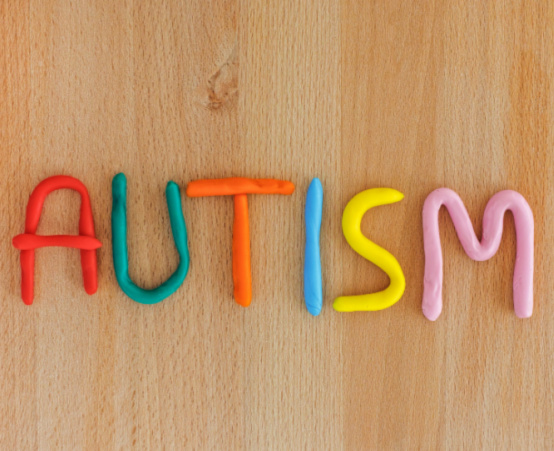
Impacts of our research
- We found toddlers who were later diagnosed with autism used fewer gestures, a finding that might revolutionise the way we screen for autism in early childhood.
- With collaborators, we made a breakthrough in understanding the genetics behind a common form of autism and intellectual disability, Fragile X syndrome. We found the FMR1 gene was turned off in some, but in most, it was partially turned on. People with a partially turned-on gene had more autism traits, while those with the gene turned off had less severe autism. We also found that a new test is a better way to identify those with Fragile X syndrome and autism.
- Genetic and environmental factors can switch genes on and off. Our research on epigenetics in autism contributes to the global search to switch off autism genes.
- We found little evidence that the antidepressant fluoxetine is effective at reducing obsessive-compulsive behaviours in children and adolescents with ASD.
- We showed medicinal cannabis may reduce severe behavioural problems in children and adolescents with an intellectual disability and autism.
- Our research on the genetics of Prader-Willi and Angelman syndromes could help develop personalised therapies for associated autism symptoms including repetitive behaviours.
- We found very premature Australian babies have a three times higher risk of autism. Results highlighted a smaller cerebellum (part of the brain) as a potential predictor of autism, providing an important step in identifying abnormalities that may underline autism development.
Our vision
Our vision
Our mission is to unite experts to better understand, diagnose and treat autism. Our vision is to develop personalised treatment strategies and better therapies to minimise disabilities and improve the lives of children with autism.
Where to next?
Where to next?
The development of improved autism treatments and therapies is critically dependent on understanding which changes in brain development and function are causing symptoms. Understanding the brain pathways that are altered in autism will enable us to move away from symptom-based treatments and instead identify medications and treatments that reverse the underlying mechanisms of autism. This research will enable the generation and translation of evidence into innovative targeted interventions and new clinical trials.


